In today's competitive business landscape, maintaining a productive workforce is more crucial than ever. One of the key factors influencing productivity is employee attendance. When employees are frequently absent, it disrupts workflows, burdens other team members, and ultimately hampers organizational growth.
But how can companies foster a culture of consistent attendance and heightened productivity? In this blog post, we will explore practical strategies and actionable tips for how to improve employee attendance and boost their productivity, ensuring your team remains engaged and your business thrives.
Best Practices To Improve Employee Attendance and Boost Their Productivity:
- Understanding the Importance of Employee Attendance
- Common Causes of Poor Attendance
- Strategies to Improve Employee Attendance
- Enhancing Productivity in the Workplace
- The Role of Leadership in Improving Attendance and Productivity
- Case Studies: Success Stories
1. Understanding the Importance of Employee Attendance
Employee attendance forms the bedrock of a productive workforce. Consistent attendance ensures smooth operations, meets project deadlines, and fosters a positive work environment.
Historically, attendance has been a measure of employee commitment and reliability, influencing performance evaluations and career advancement. In today's context, with remote work becoming prevalent, understanding attendance goes beyond physical presence to include virtual engagement and timely task completion.
2. Common Causes of Poor Attendance
Poor attendance can stem from various factors, including health issues, lack of job satisfaction, personal problems, or even organizational culture.
Historical perspectives reveal shifts in workplace norms and societal expectations that influence attendance patterns. Understanding these causes helps in crafting targeted solutions that address root issues rather than just symptoms.
Explore Related Topics: Major Functions of a Human Resources Manager
3. Strategies to Improve Employee Attendance
Implementing effective attendance management strategies involves proactive measures such as flexible work arrangements, wellness programs, and clear attendance policies.
Historical insights show how to improve attendance and how policies have evolved from rigid enforcement to inclusive approaches that consider work-life balance and employee well-being. This section will explore best practices and their impact on modern workplace dynamics.
4. Enhancing Productivity in the Workplace
Productivity hinges on efficient use of time and resources. Historical examples demonstrate how productivity management metrics have evolved from manual labor outputs to knowledge work efficiencies.
Today, tools like TimeBee.App optimize workflows and foster a culture of productivity. It simplifies productivity by providing clear insights into time usage, helping teams identify inefficiencies and improve focus. With automated time-tracking, smart reminders, and detailed reports, employees can better allocate their efforts to high-priority tasks without unnecessary stress.
5. The Role of Leadership in Improving Attendance and Productivity
Leadership sets the tone for how to improve attendance and productivity through communication, role modeling, and strategic decision-making.
Historical context reveals shifts in leadership styles from authoritative to transformational, influencing organizational culture and employee engagement. This section will explore leadership practices that inspire attendance and drive productivity gains.
Uncover More Insights: Best Practices for Managing Employee Performance
6. Case Studies: Success Stories
Real-world examples showcase successful strategies in action. Historical case studies highlight transformative initiatives that improved attendance and productivity across industries.
Analyzing these cases offers practical insights and inspiration for readers to adapt strategies to their own organizational contexts.
Conclusion:
In conclusion, how to improve attendance and boosting productivity are essential for a thriving workplace. By understanding their importance, implementing effective strategies, and fostering supportive leadership, you can create a culture where employees excel.
Embrace these insights to enhance your team's performance and cultivate a work environment that breeds success. Thank you for joining us on this journey toward a more productive and engaged workforce.
FAQs:
Q 1: How can flexible work arrangements improve employee attendance and productivity?
A: Explore the benefits of remote work or flexible hours in enhancing employee satisfaction and commitment.
Q 2: How can clear attendance policies help in managing employee attendance effectively?
A: Explain the importance of transparent policies and their impact on establishing accountability.
Q 3: What are some effective ways leaders can motivate their teams to maintain consistent attendance?
A: Provide strategies for leadership engagement and motivation that promote attendance and productivity.
Q 4: Can technology tools like time-tracking software really boost productivity in the workplace?
A: Explore how technological solutions can streamline workflows and enhance team efficiency.
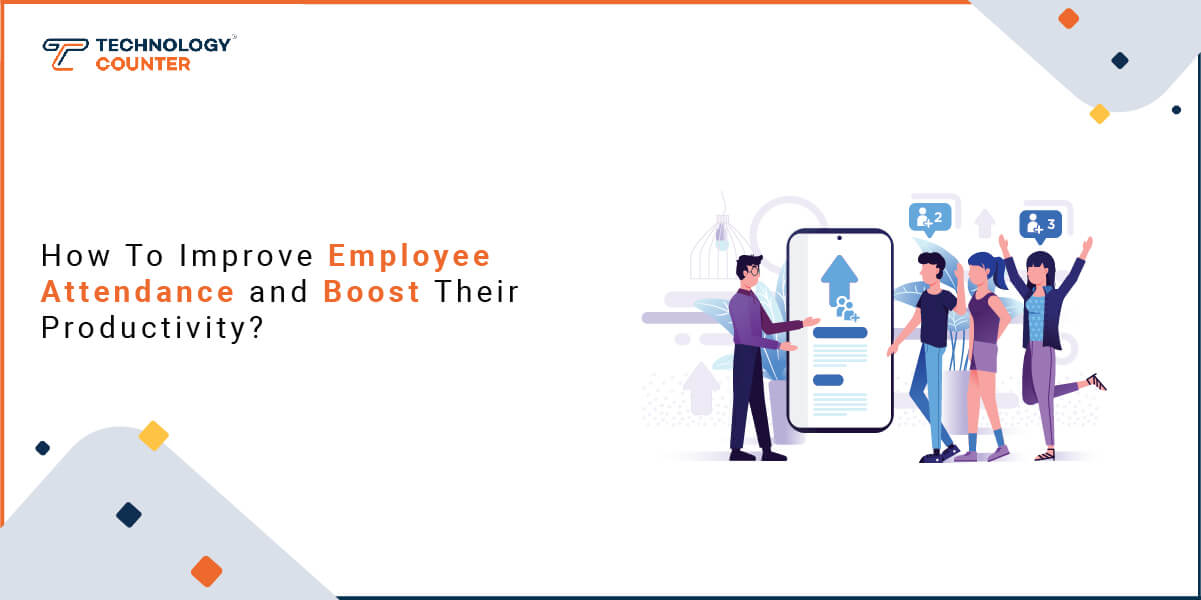


.png)

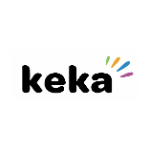

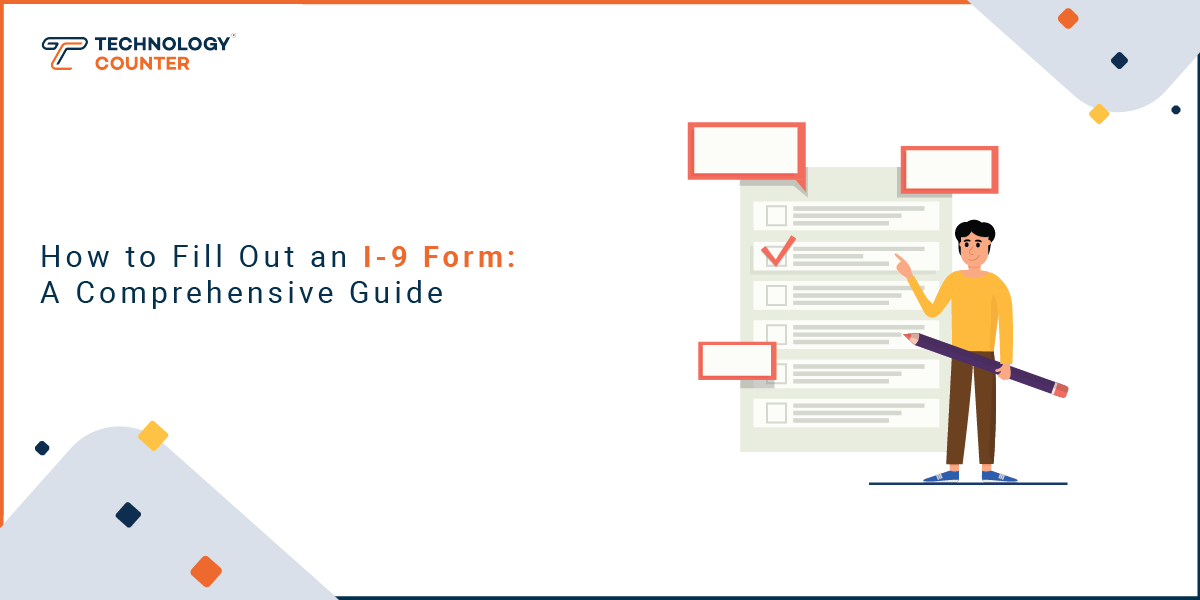
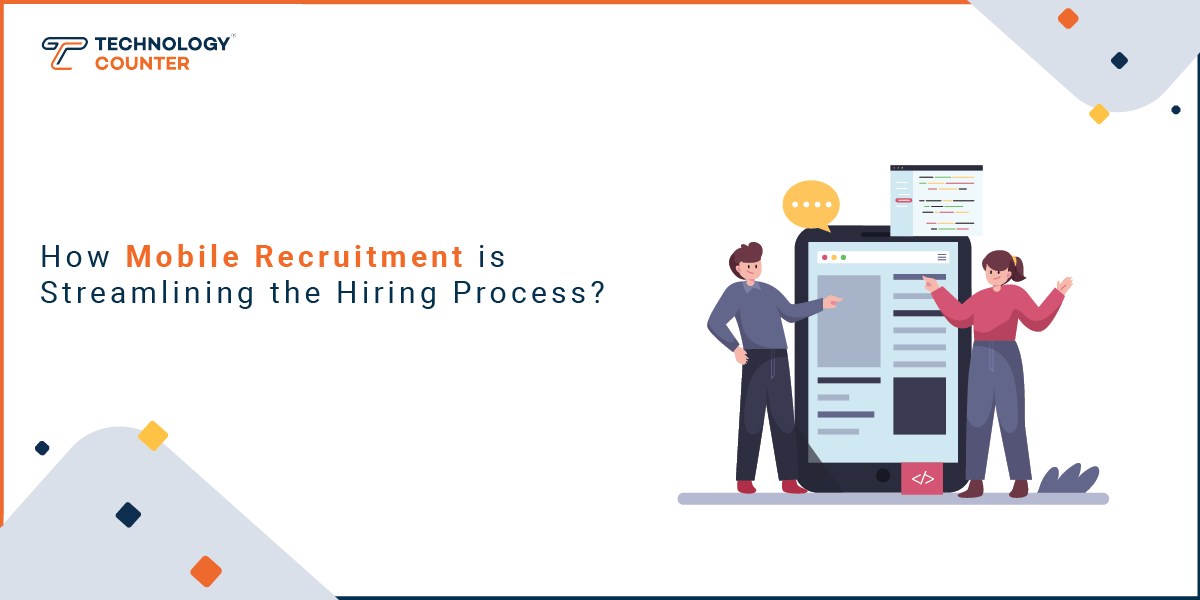
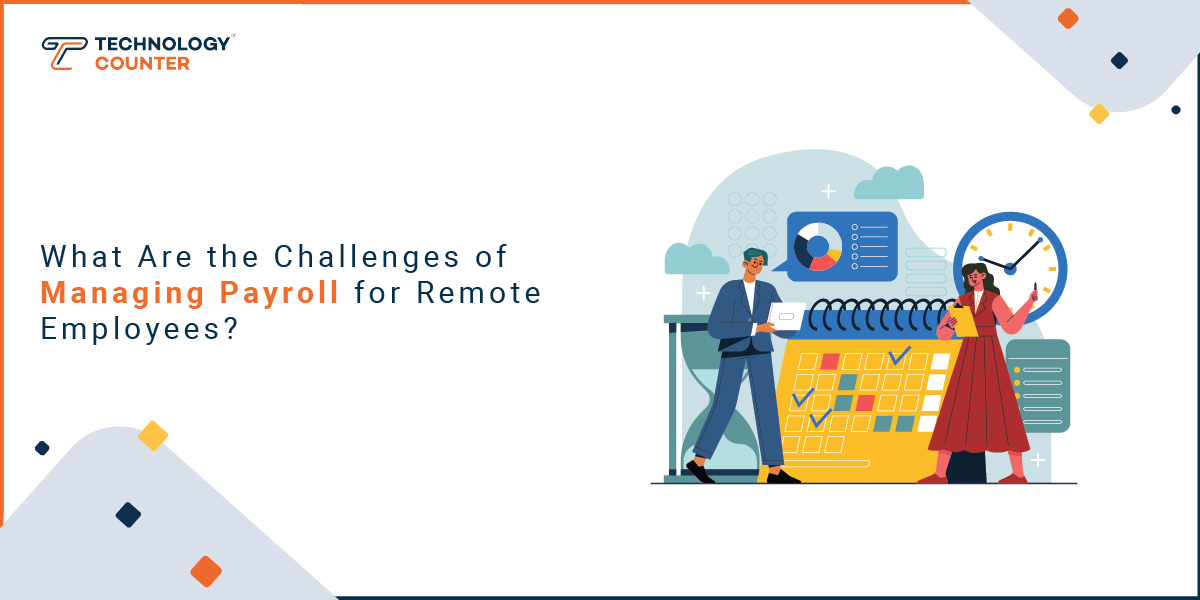
Post your comment